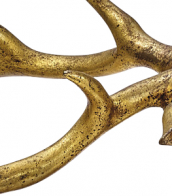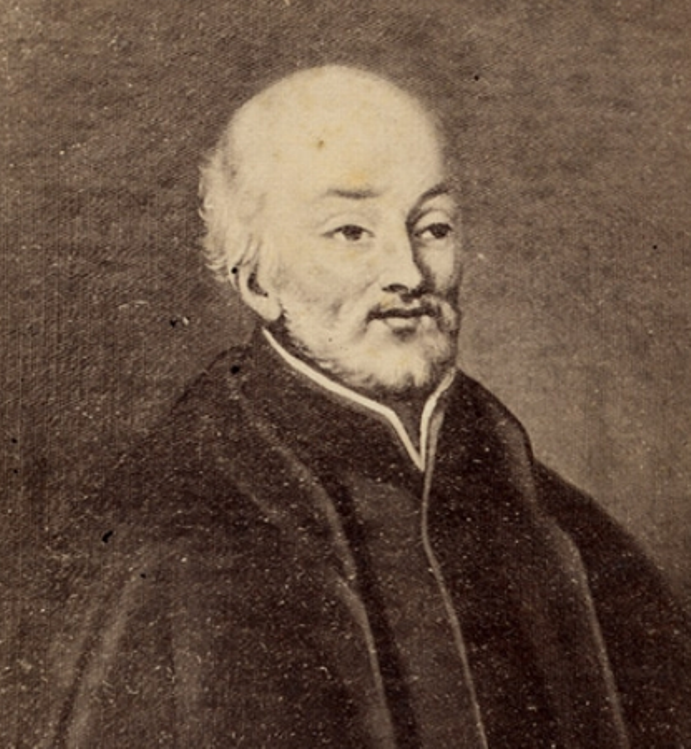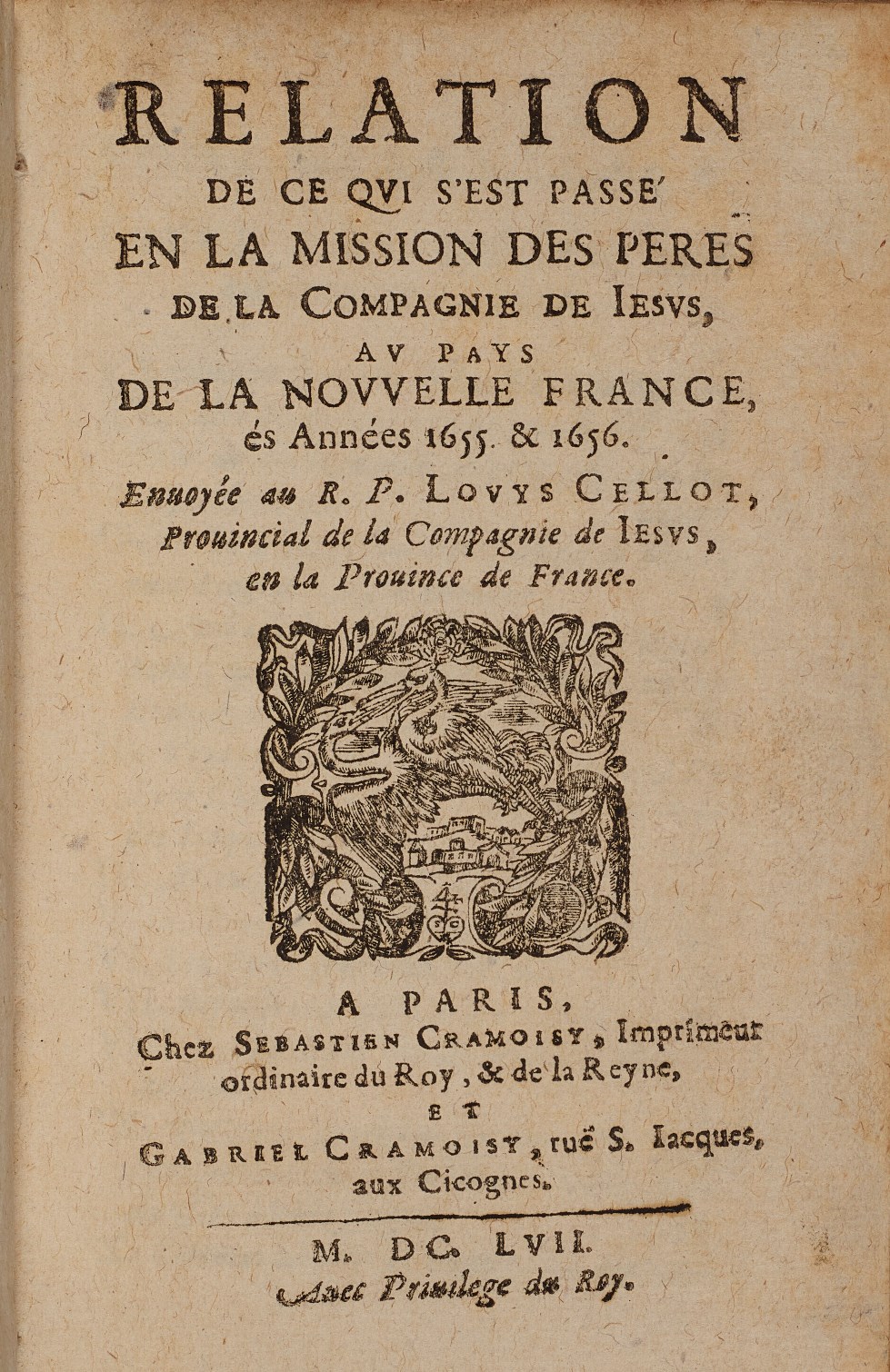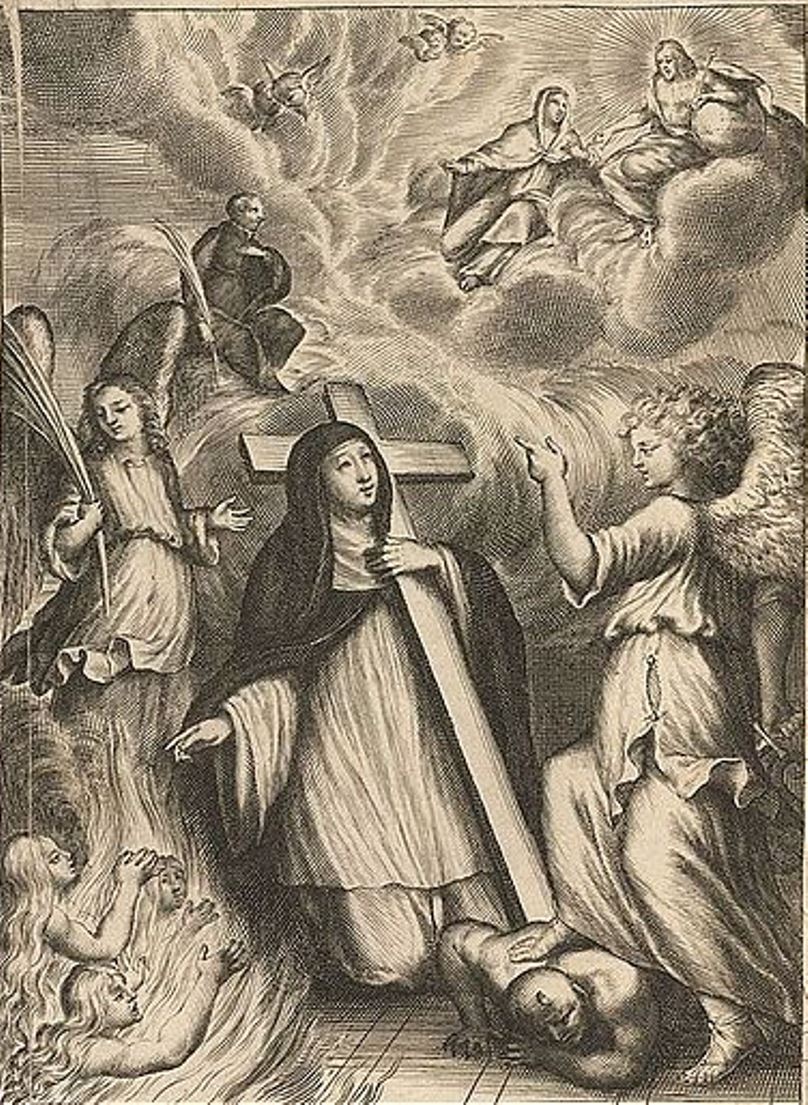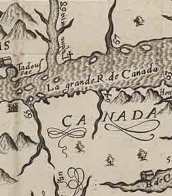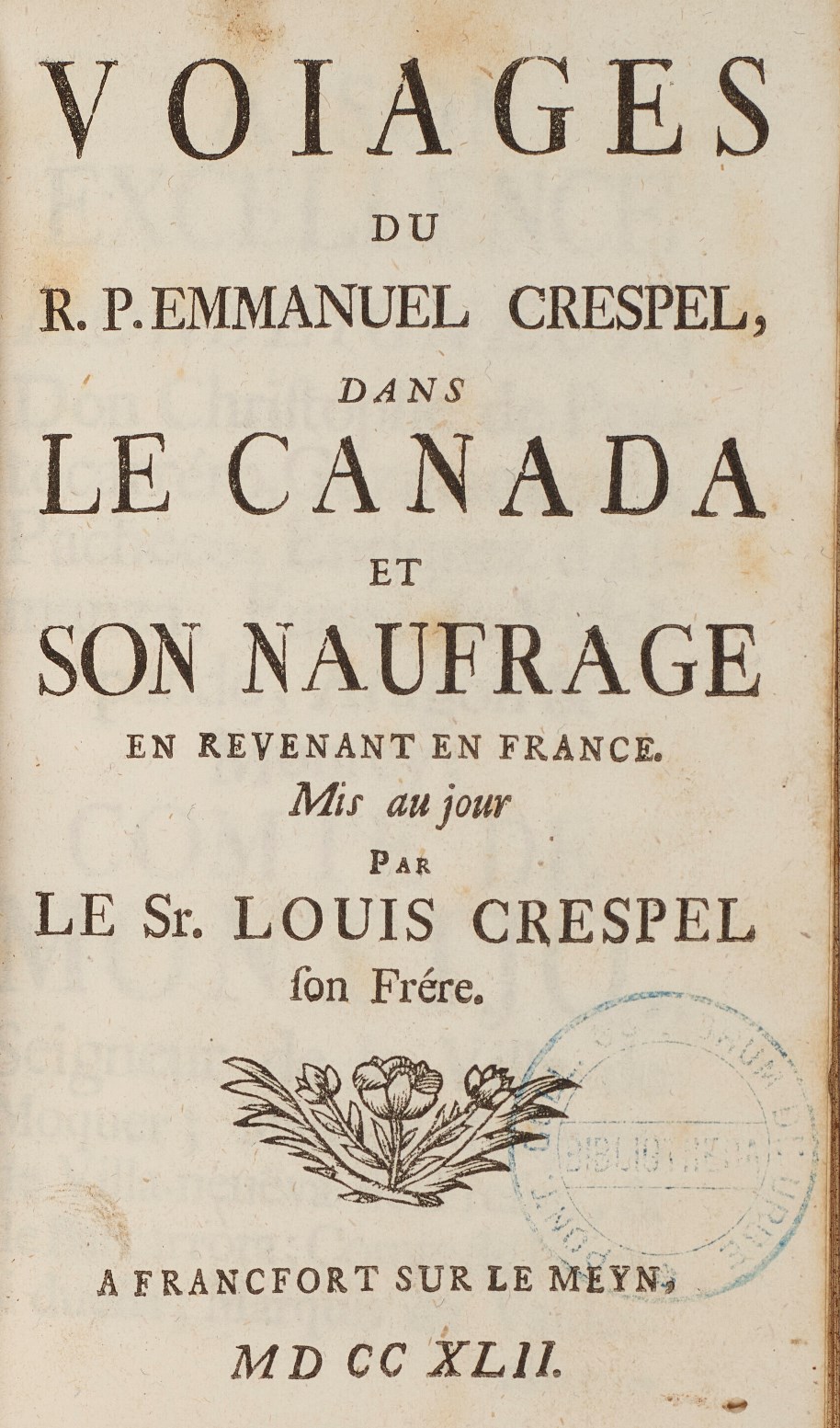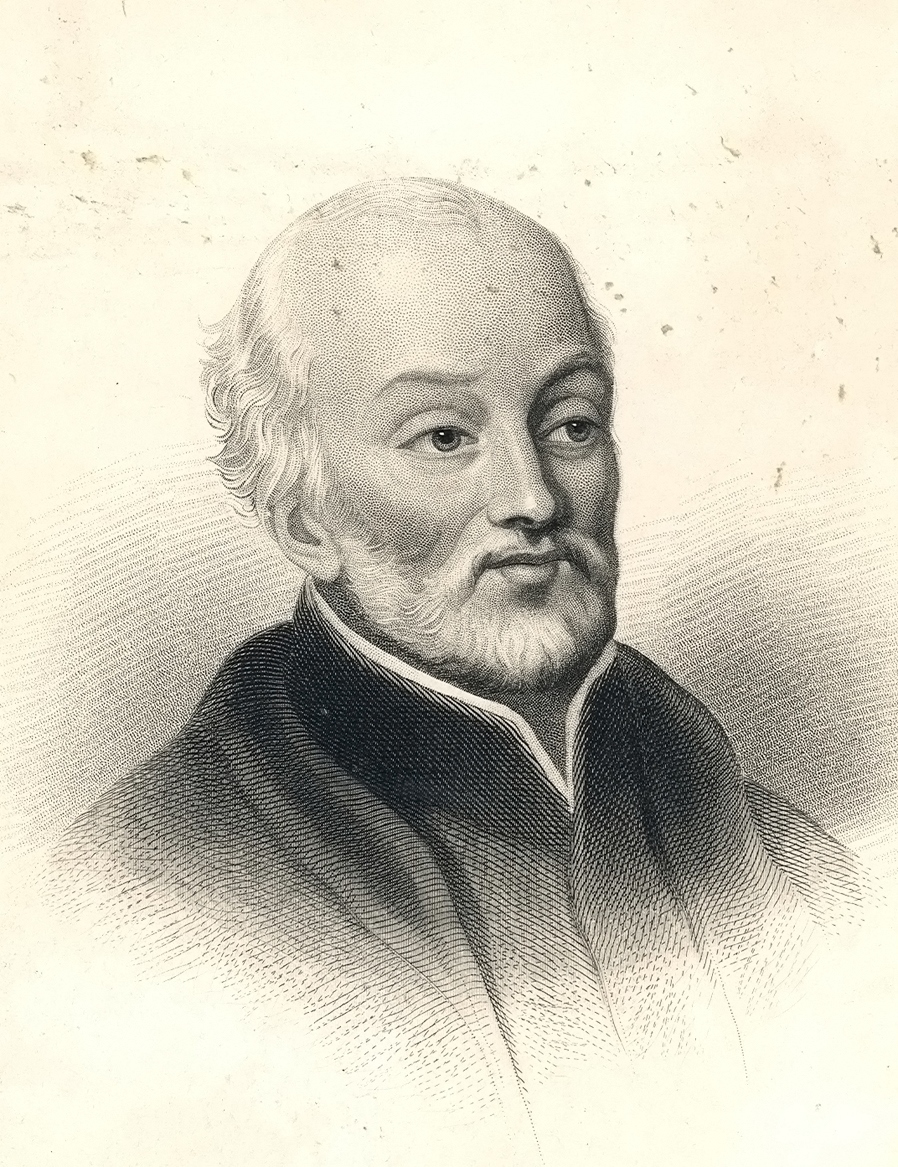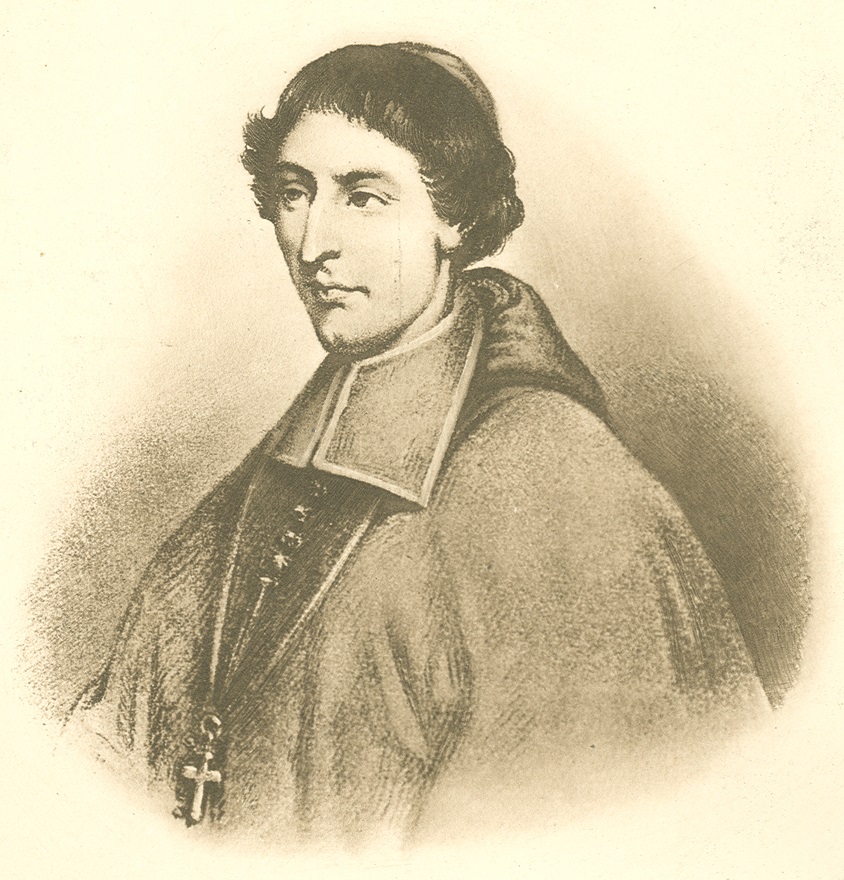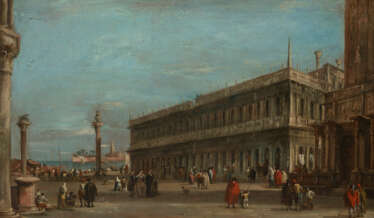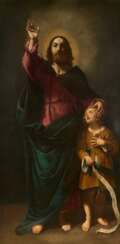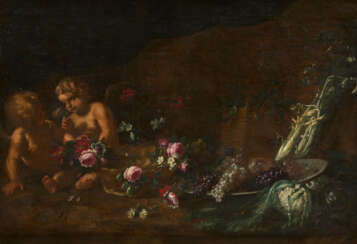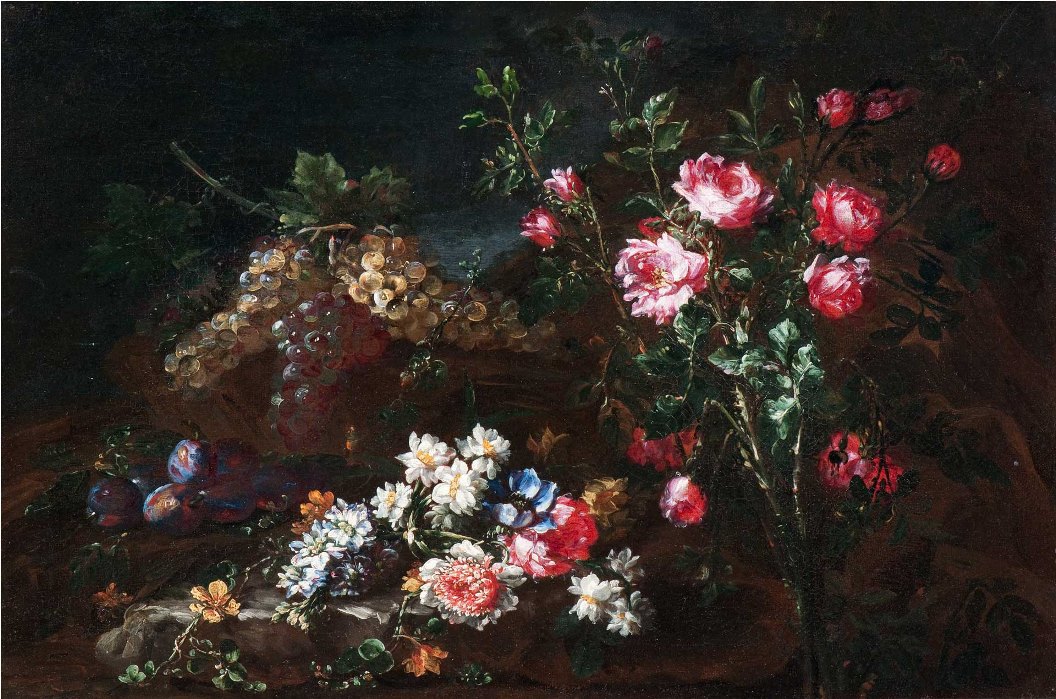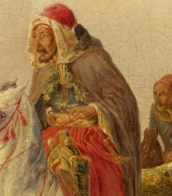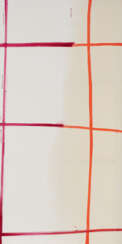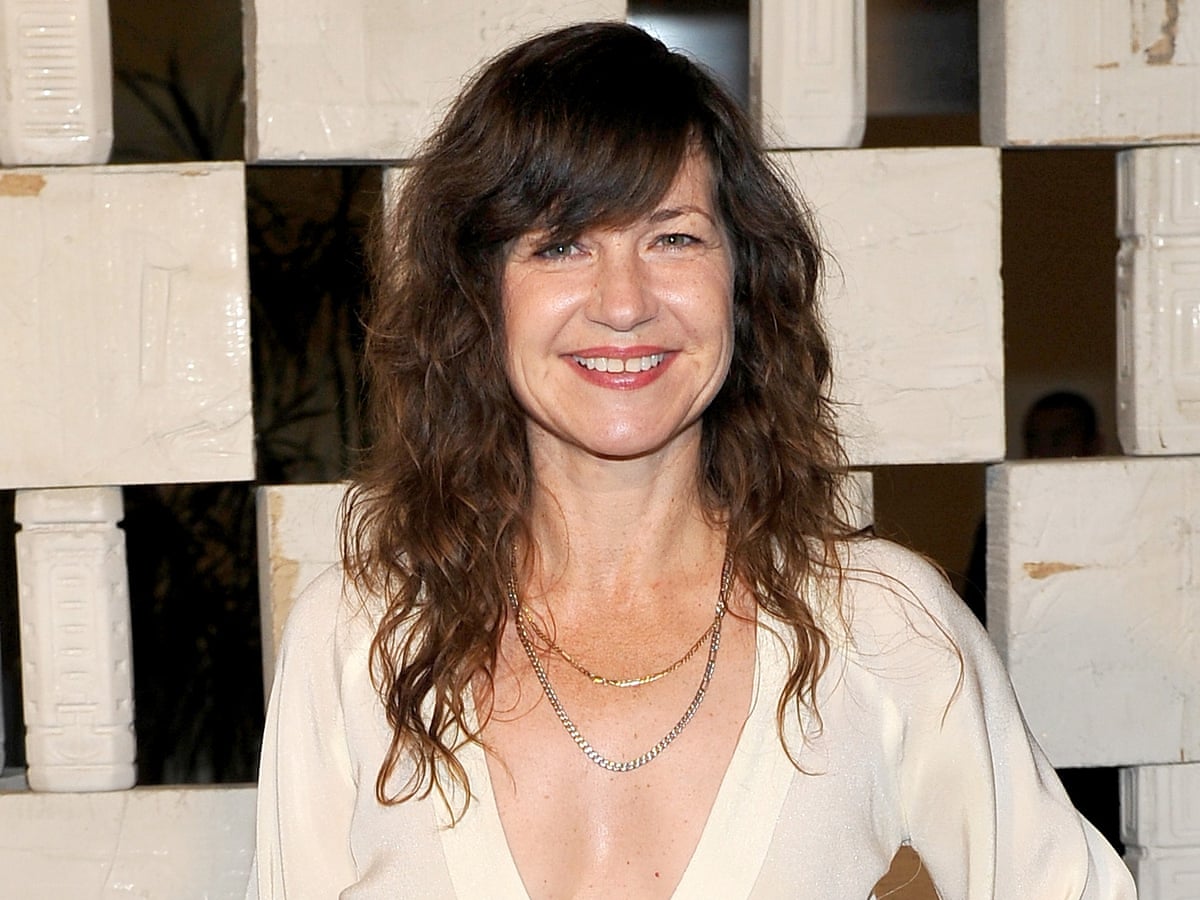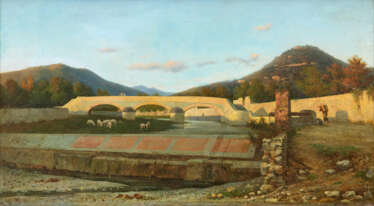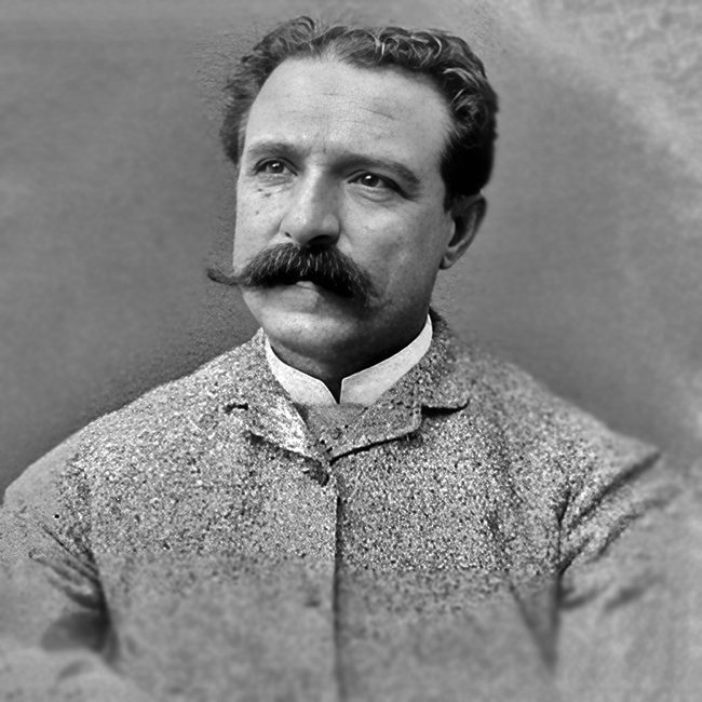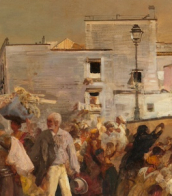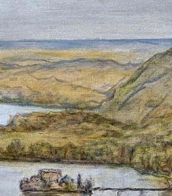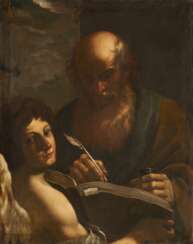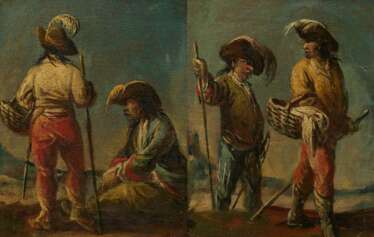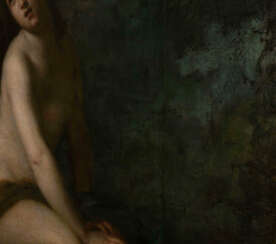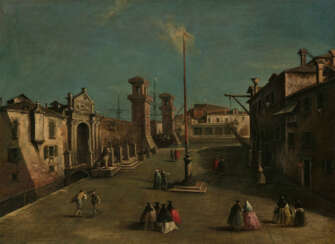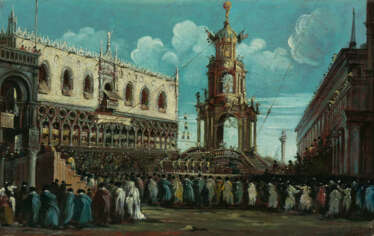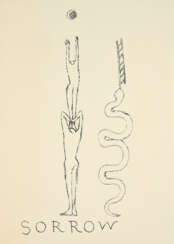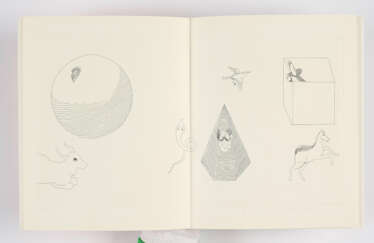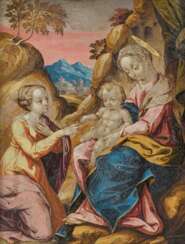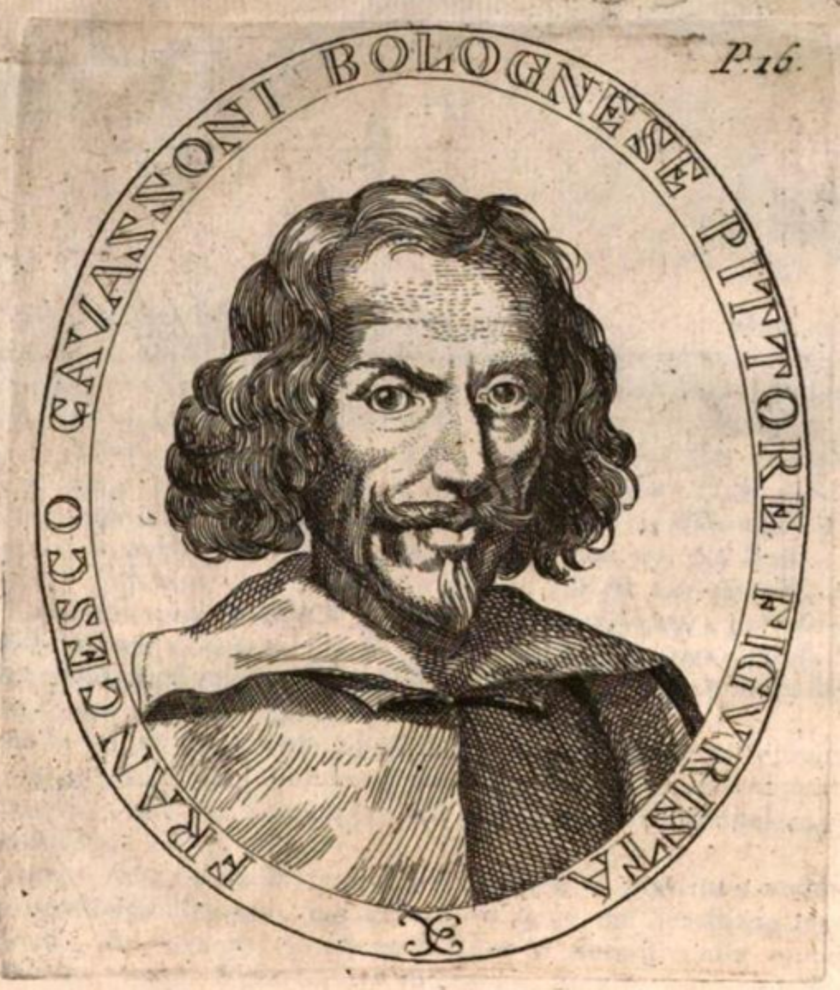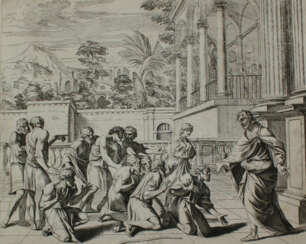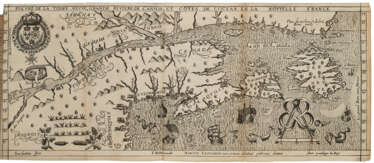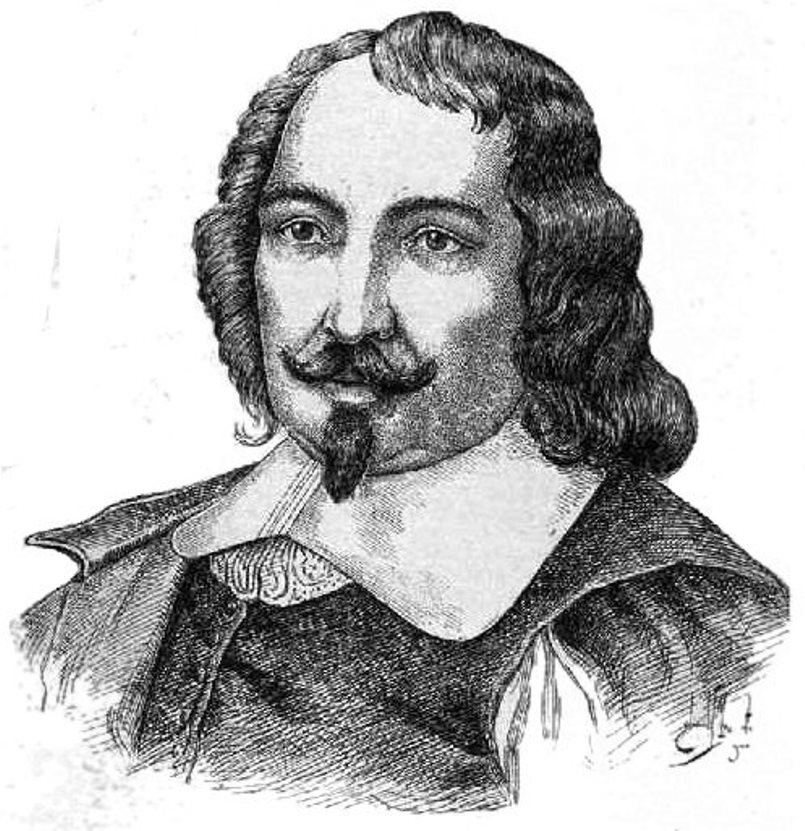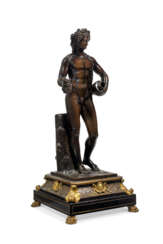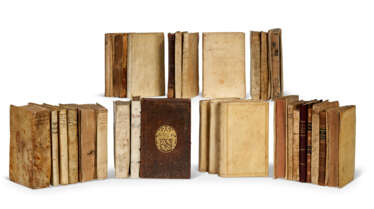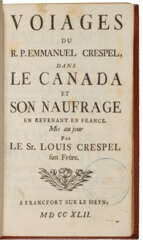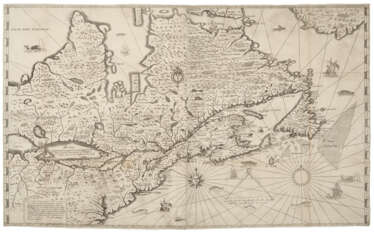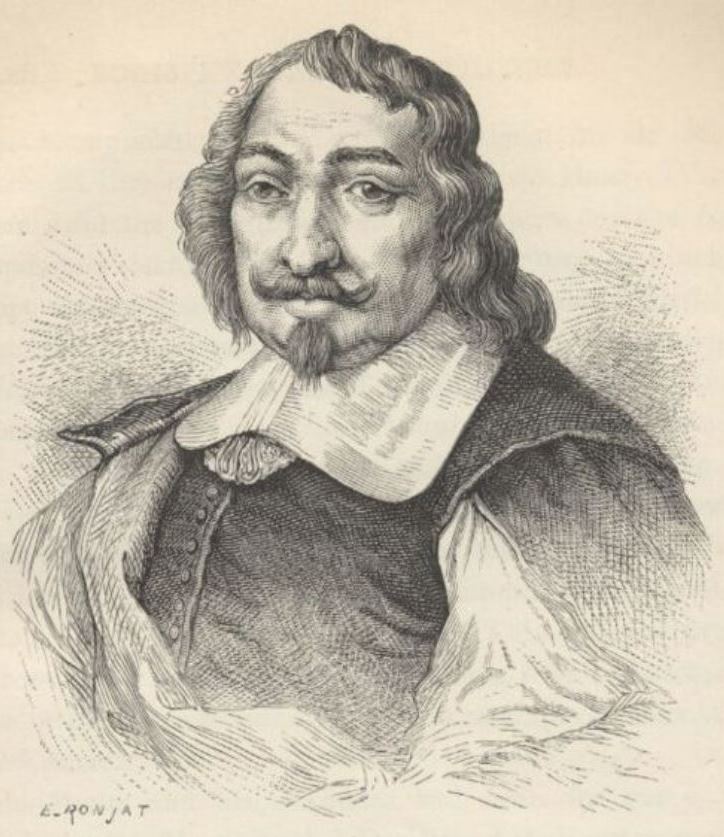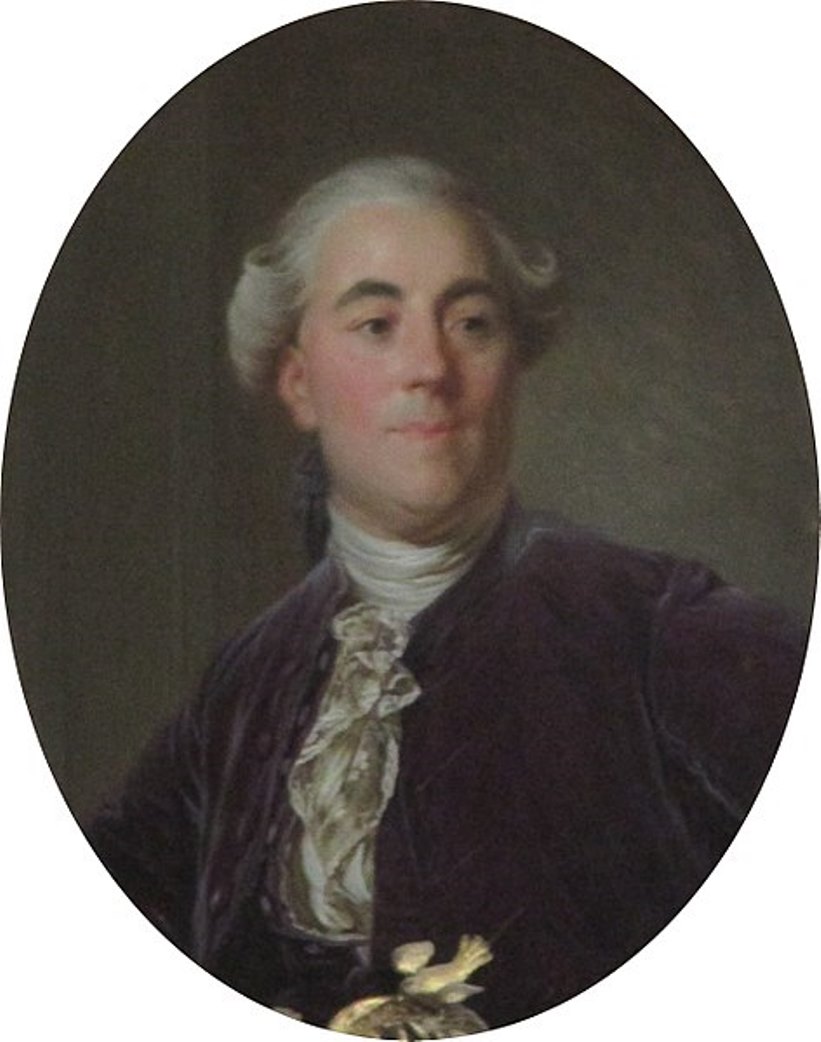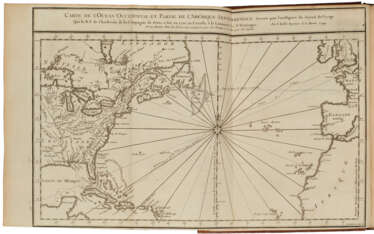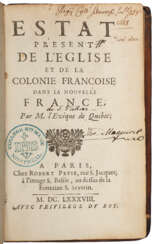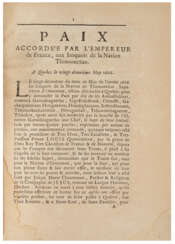france
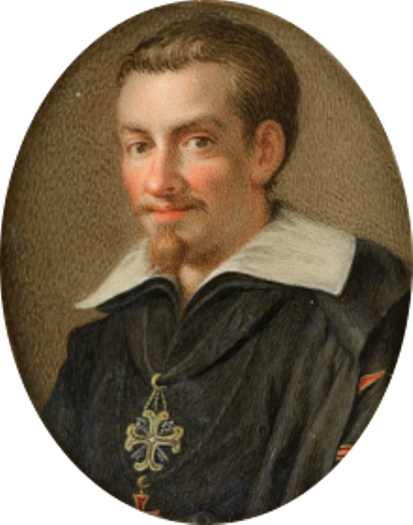
Francesco Vanni was an Italian painter, draughtsman, printmaker, publisher and printer active in Rome and his native city of Siena.
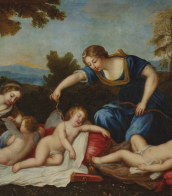
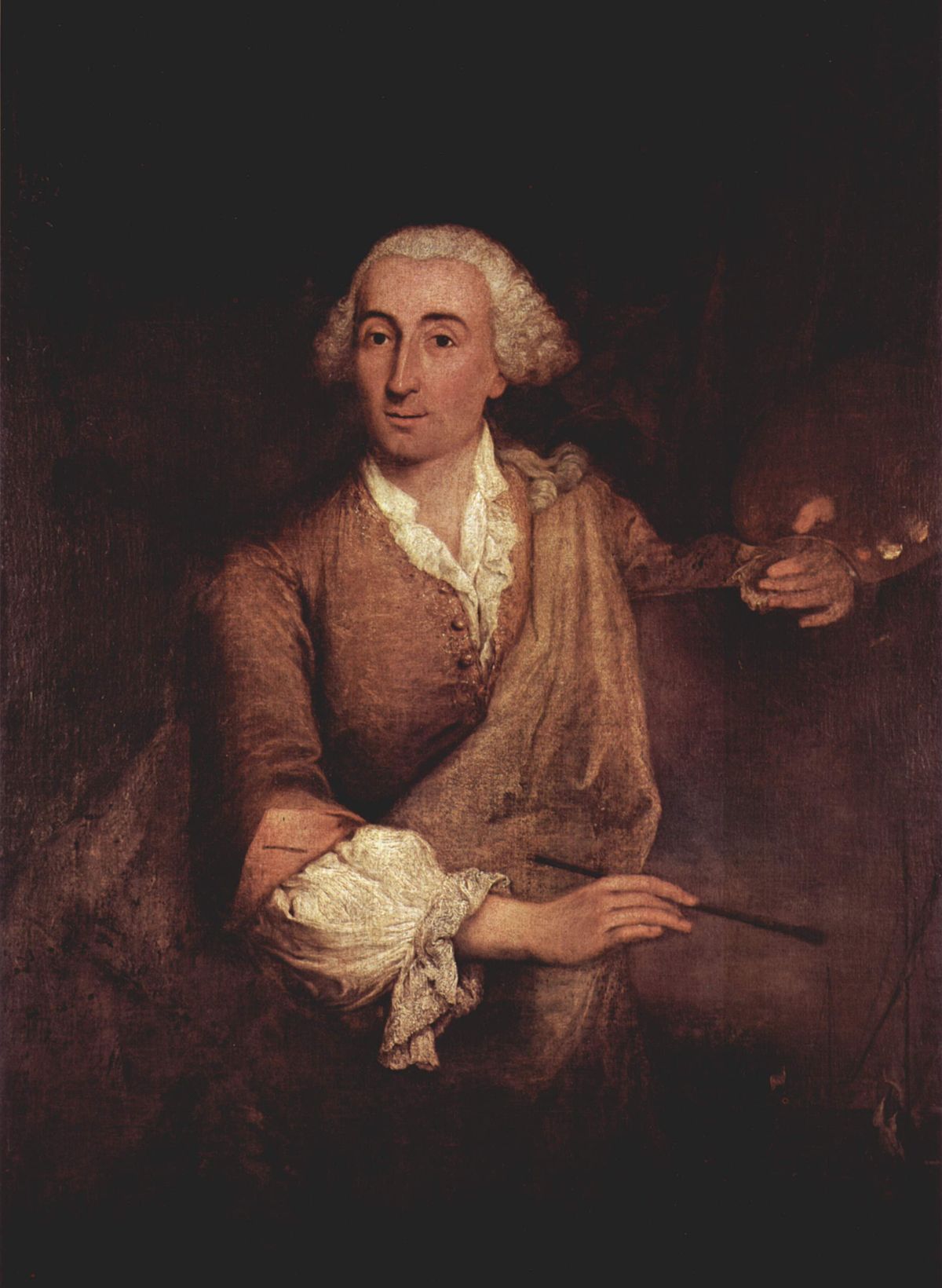
Francesco Lazzaro Guardi was an Italian painter, nobleman, and a member of the Venetian School. He is considered to be among the last practitioners, along with his brothers, of the classic Venetian school of painting.
In the early part of his career he collaborated with his older brother Gian Antonio in the production of religious paintings. After Gian Antonio's death in 1760, Francesco concentrated on vedute. The earliest of these show the influence of Canaletto, but he gradually adopted a looser style characterized by spirited brush-strokes and freely imagined architecture.
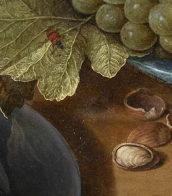
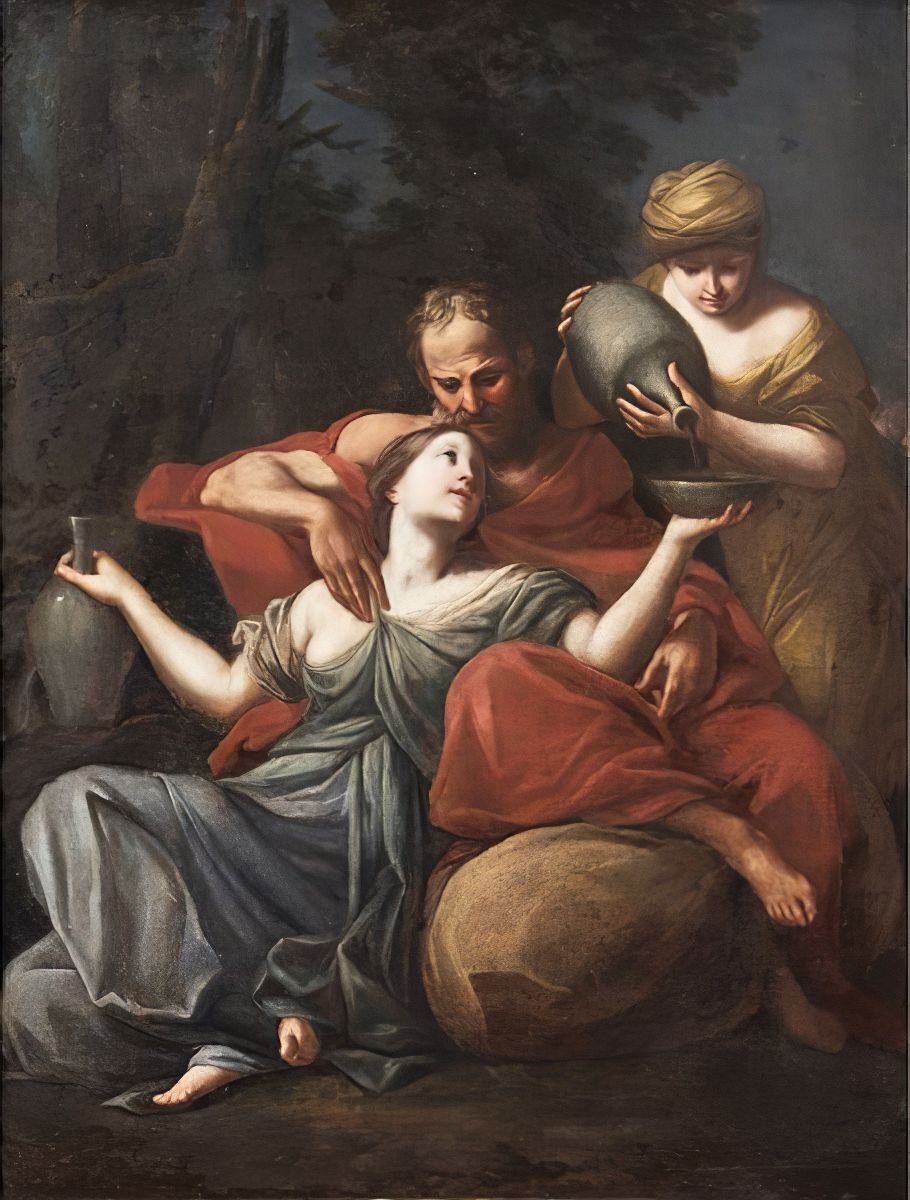
Giovanni Francesco Gessi was an Italian Baroque painter, one of the greatest masters of the Bolognese school of painting in the first half of the 17th century. Around 1607 he was an apprentice in the studio of Guido Reni. Together with his teacher he worked in Rome, Mantua and Ravenna.
During his apprenticeship Giovanni Francesco Jesse studied different artistic movements in contemporary Italy (around 1600), in particular those of the Bolognese and Neapolitan schools, and was able to create his own, original style by combining them and their mutual influence. He painted mainly on religious themes, but also on mythological subjects.
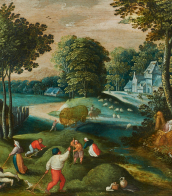
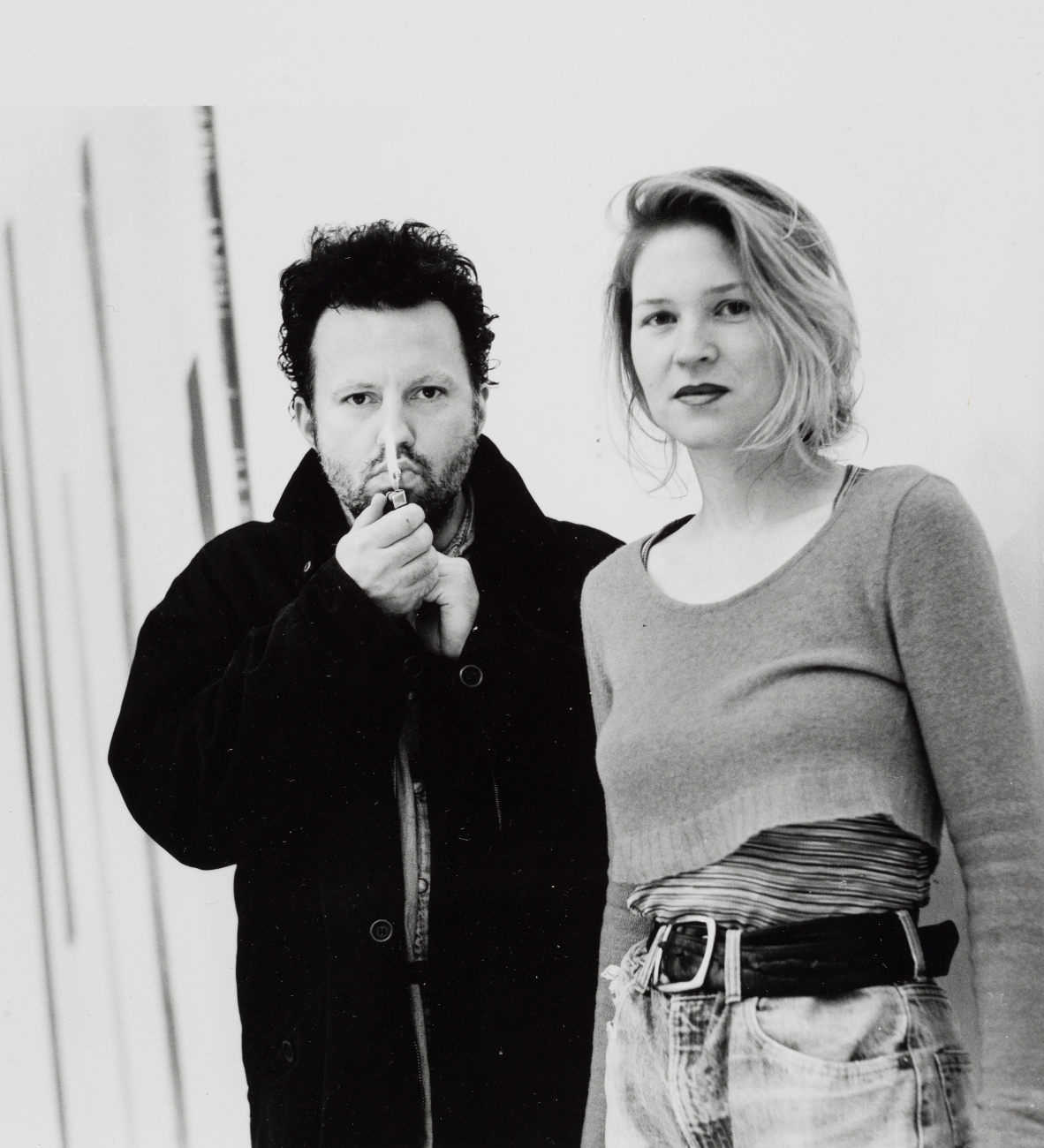
Frances Scholz is a vibrant figure in contemporary art and cinema. Scholz's education at the Hochschule der Künste in Berlin from 1982 to 1988 laid the groundwork for a career that spans painting, video art, and filmmaking. She is known for her conceptual approach to art, often blending narrative and abstraction to explore themes of memory, perception, and the construction of reality.
One of Frances Scholz's significant contributions to the art world is her film "Amboy," co-written and produced with science fiction writer Mark von Schlegell. Premiered in 2015, "Amboy" delves into the cultural mythologies and hallucinatory fabric of Los Angeles through a series of interconnected, unscripted encounters. The film is notable for its exploration of identity and the elusive nature of artistic legacy, set against the backdrop of the Mojave Desert's ghost towns. Scholz's work in "Amboy" exemplifies her interest in the intersection of narrative and visual art, utilizing a collaborative and open form of production that features contributions from notable figures in the art and entertainment industry.
Frances Scholz's artistry extends beyond filmmaking. She has exhibited widely, with notable shows at institutions such as the Chinati Foundation, where she held an open studio and screened "Amboy" in 2016, and solo exhibitions across the United States and Germany. Her work in group shows and solo exhibitions often reflects her multifaceted approach to media, including painting, video art, and installations, which are treated with the same editorial eye as her film material.
Currently living and working in Cologne, Frances Scholz continues to influence both the art and film worlds with her innovative projects. Her extensive body of work, including video art pieces like "The Moon" and "Awakening," and her involvement in collaborative projects, underscores her role as a dynamic force in contemporary culture.
For collectors and experts in art and antiques, Frances Scholz represents a unique investment in the overlap of visual art and cinema. Her ability to navigate and blend these worlds offers a rich tapestry of works that are both intellectually stimulating and visually compelling.
Stay updated on Frances Scholz's latest projects and exhibitions by signing up for newsletters focused on contemporary art and film. This subscription ensures you're informed about new sales, auction events, and exclusive insights into Scholz's evolving creative journey.
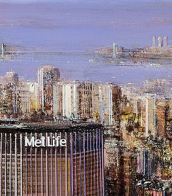
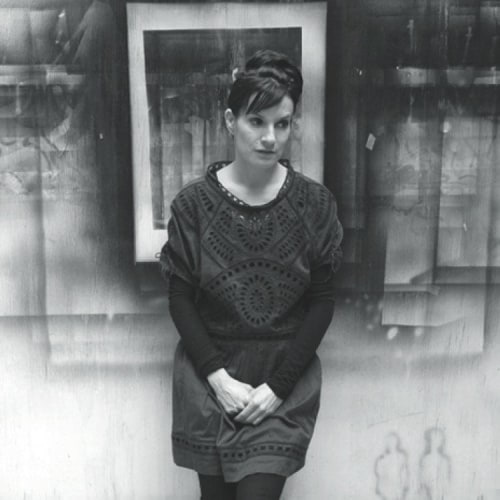
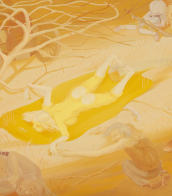


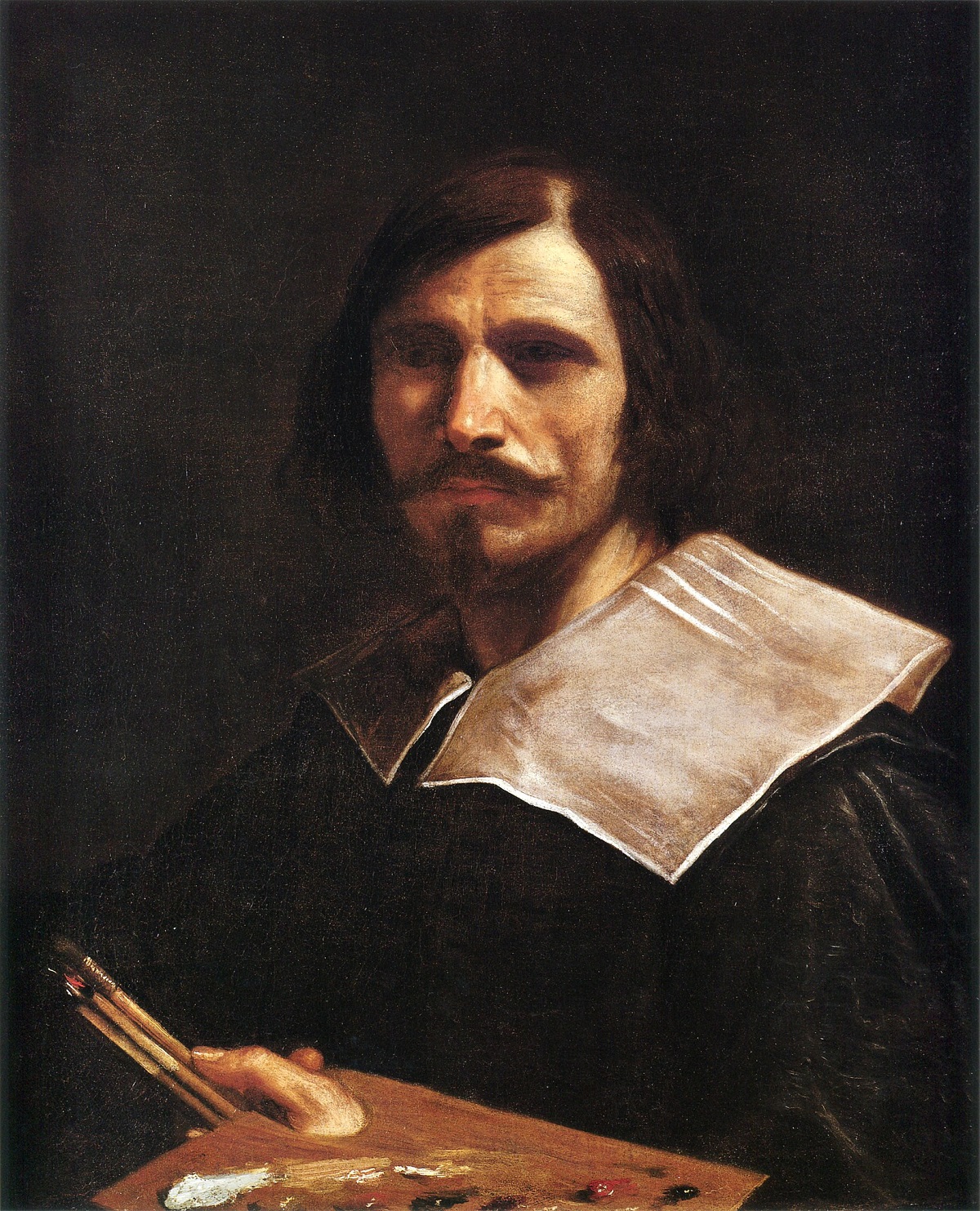
Giovanni Francesco Barbieri, better known as Guercino, was an Italian Baroque painter and draftsman from Cento in the Emilia region, who was active in Rome and Bologna. The vigorous naturalism of his early manner contrasts with the classical equilibrium of his later works. His many drawings are noted for their luminosity and lively style.
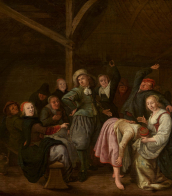
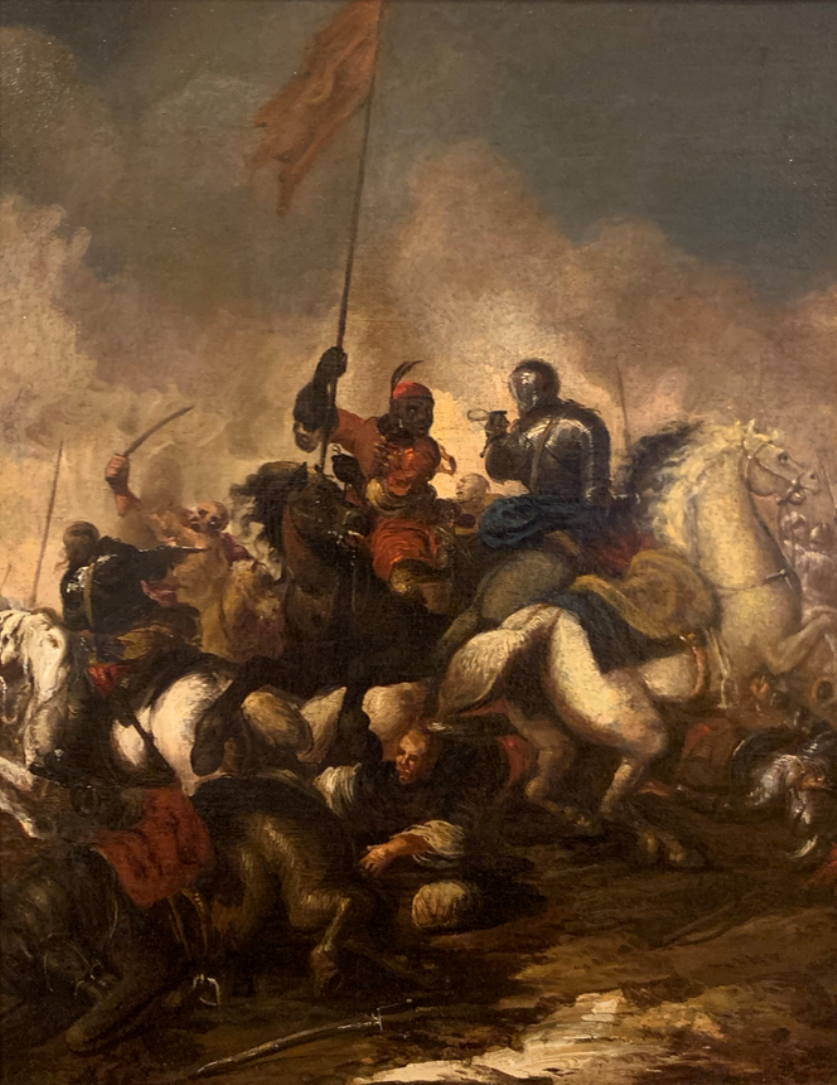
Francesco Simonini was an Italian Baroque painter.
He studied painting at the Francesco Monti School, which specialized in battle scenes, and visited Rome, Bologna and Venice. Simonini worked in his own style with bright colors, which he developed under the influence of the Venetian school. He painted many battle scenes, most of them with cavalry.

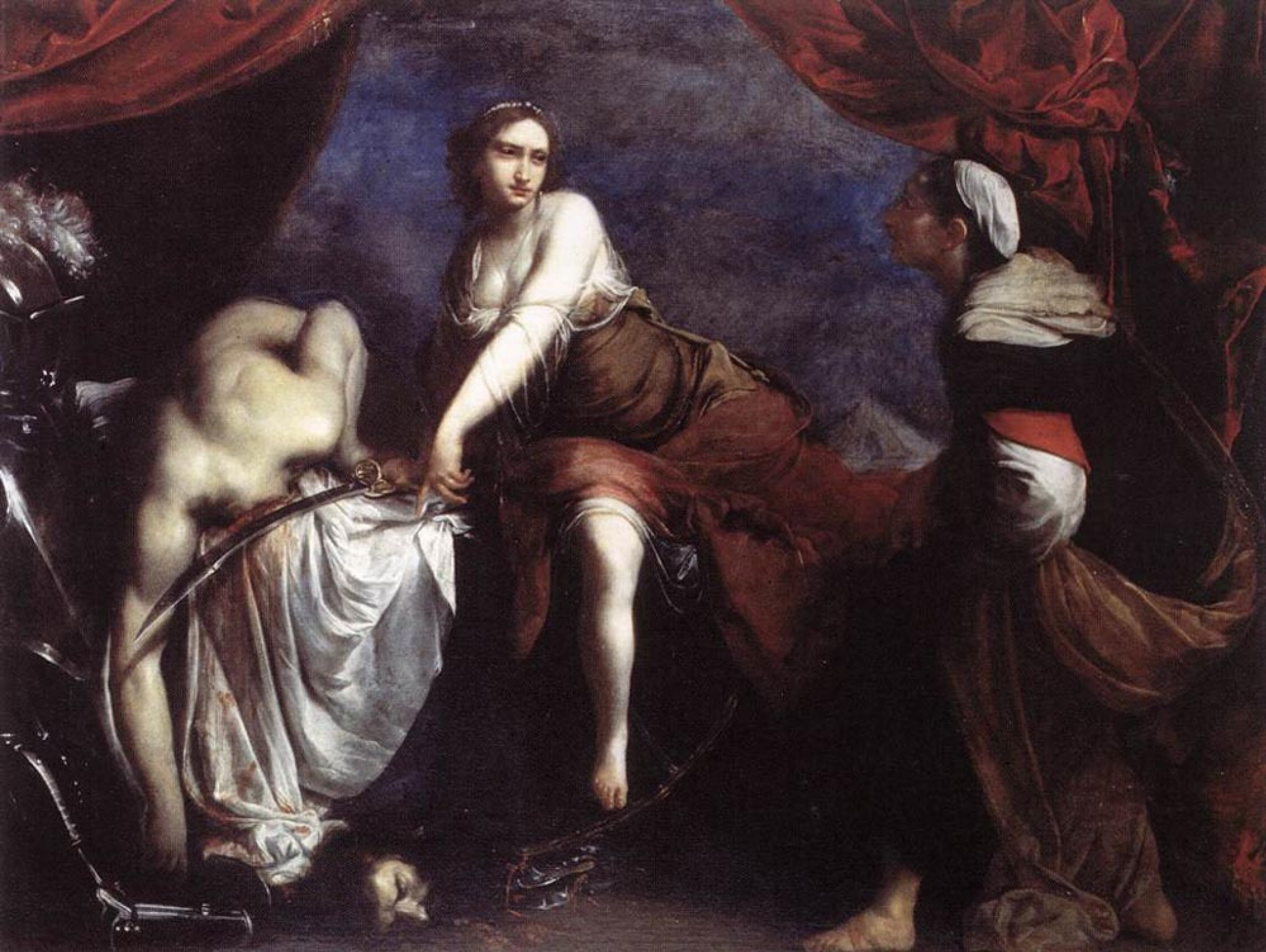
Francesco Furini was an Italian painter, renowned for his contributions to Baroque art. Born in Florence in 1603, Furini's artwork is a testament to the artistic transitions of his time, merging the detailed mannerist style with emerging Baroque influences. His mastery in using the sfumato technique brought life to his paintings, making them notable for their ethereal quality and emotional depth.
Francesco Furini's journey into the world of art began under the guidance of his father, leading to further refinement of his skills in Rome, where he absorbed influences from Caravaggio and his followers. Upon his return to Florence, his work gained admiration from notable figures, including Galileo Galilei. However, facing criticism for his depictions of female nudes, Furini took a surprising turn by entering the priesthood in 1633, yet he continued to paint, producing some of his most significant works during this period.
Among his masterpieces are the frescoes in Palazzo Pitti, commissioned by Ferdinando II de' Medici, which display a departure from his usual canvas style. These works, alongside others like "Hylas and the Nymphs," are celebrated for their intricate portrayal of mythological and biblical themes, characterized by a unique blend of sensuality and spirituality.
Francesco Furini's legacy, once overshadowed, has been re-evaluated, shedding light on his profound impact on Florentine and Italian Baroque painting. His ability to convey deep emotions through art continues to captivate art enthusiasts and experts alike.
For those intrigued by the allure of Baroque art, Francesco Furini's oeuvre offers a fascinating exploration into the era's complex artistic expressions. To stay informed about upcoming sales and auction events featuring Furini's work, sign up for updates and immerse yourself in the captivating world of art history.
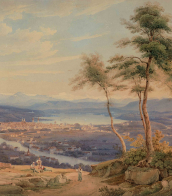

Francesco Lazzaro Guardi was an Italian painter, nobleman, and a member of the Venetian School. He is considered to be among the last practitioners, along with his brothers, of the classic Venetian school of painting.
In the early part of his career he collaborated with his older brother Gian Antonio in the production of religious paintings. After Gian Antonio's death in 1760, Francesco concentrated on vedute. The earliest of these show the influence of Canaletto, but he gradually adopted a looser style characterized by spirited brush-strokes and freely imagined architecture.


Francesco Lazzaro Guardi was an Italian painter, nobleman, and a member of the Venetian School. He is considered to be among the last practitioners, along with his brothers, of the classic Venetian school of painting.
In the early part of his career he collaborated with his older brother Gian Antonio in the production of religious paintings. After Gian Antonio's death in 1760, Francesco concentrated on vedute. The earliest of these show the influence of Canaletto, but he gradually adopted a looser style characterized by spirited brush-strokes and freely imagined architecture.

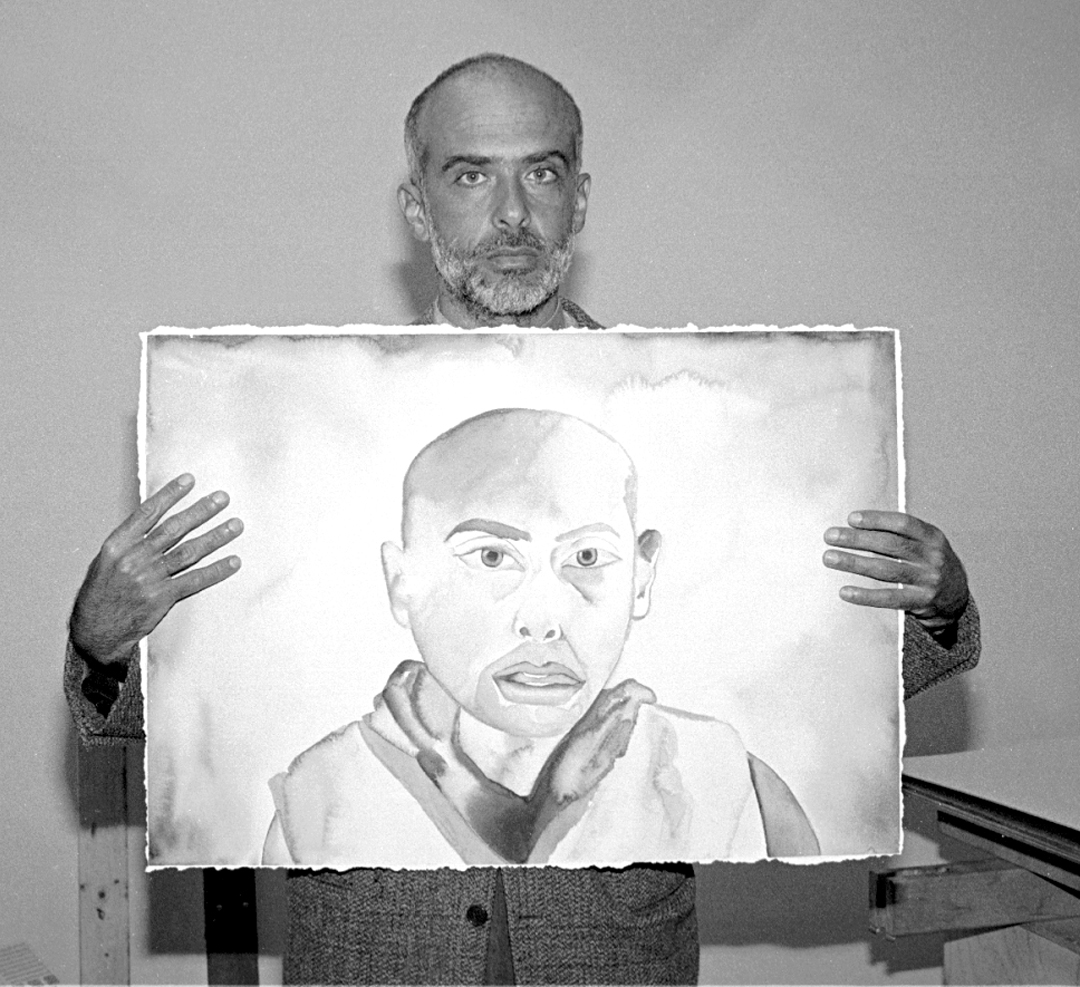
Francesco Clemente is an Italian contemporary artist. He has lived at various times in Italy, India and New York City. Some of his work is influenced by the traditional art and culture of India. He has worked in various artistic media including drawing, fresco, graphics, mosaic, oils and sculpture. He was among the principal figures in the Italian Transavanguardia movement of the 1980s, which was characterised by a rejection of Formalism and conceptual art and a return to figurative art and Symbolism.
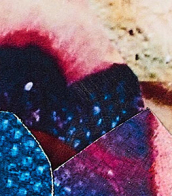

Francesco Clemente is an Italian contemporary artist. He has lived at various times in Italy, India and New York City. Some of his work is influenced by the traditional art and culture of India. He has worked in various artistic media including drawing, fresco, graphics, mosaic, oils and sculpture. He was among the principal figures in the Italian Transavanguardia movement of the 1980s, which was characterised by a rejection of Formalism and conceptual art and a return to figurative art and Symbolism.

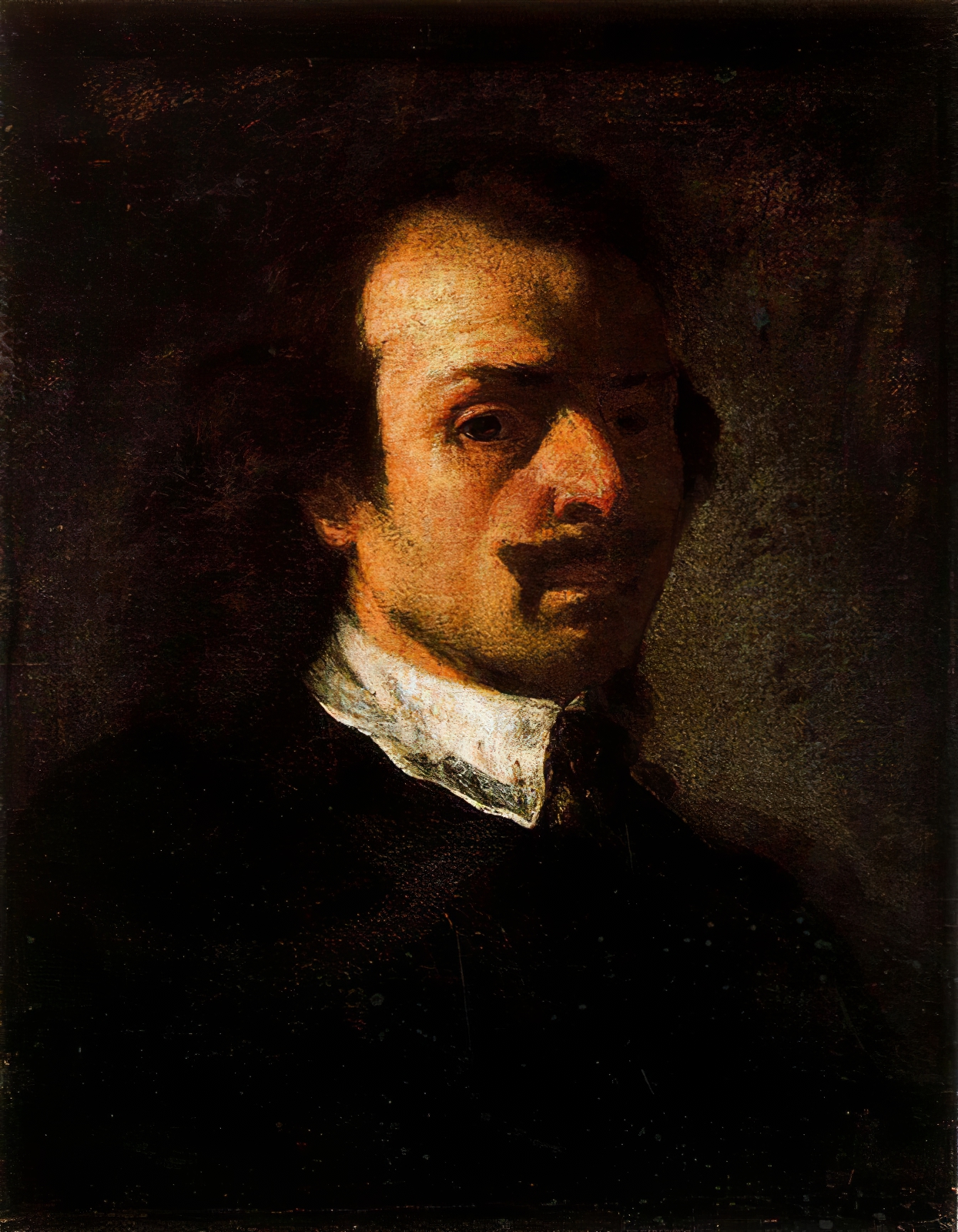
Pier Francesco Mola, called Il Ticinese, was an Italian painter of the High Baroque, mainly active around Rome.
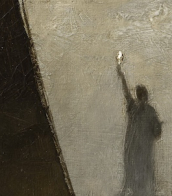
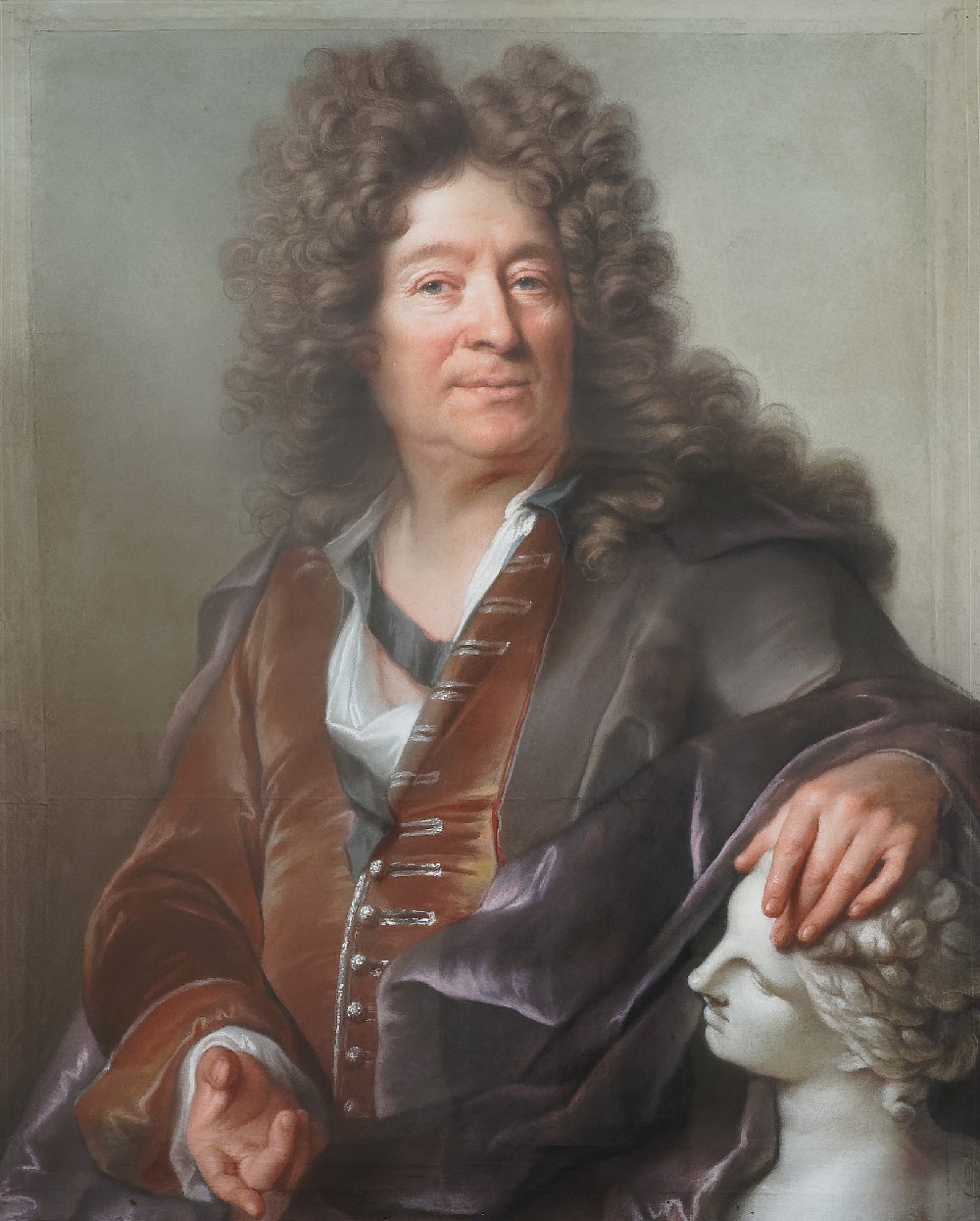
François Girardon was a French sculptor of the Louis XIV style or French Baroque, best known for his statues and busts of Louis XIV and for his statuary in the gardens of the Palace of Versailles.
